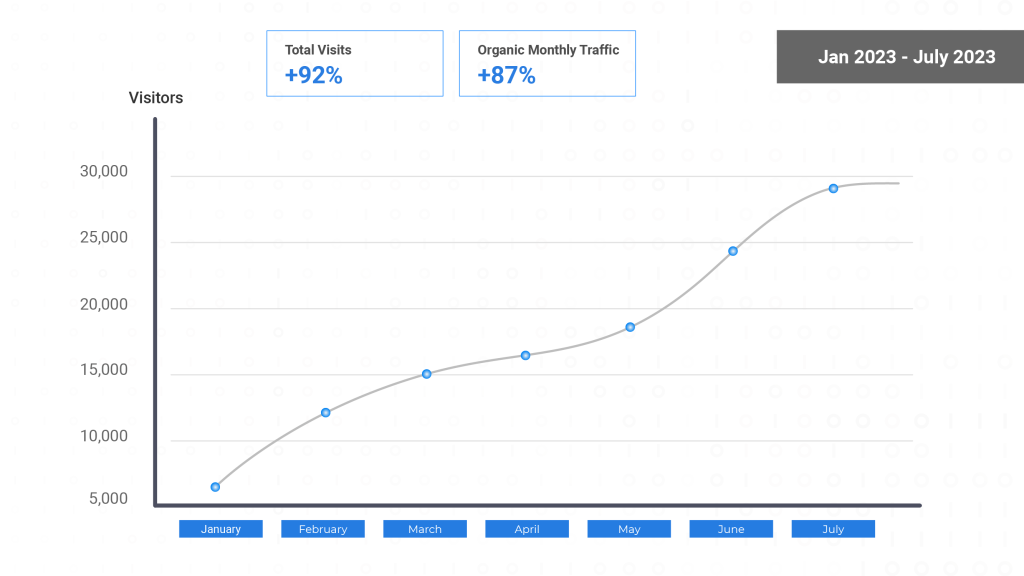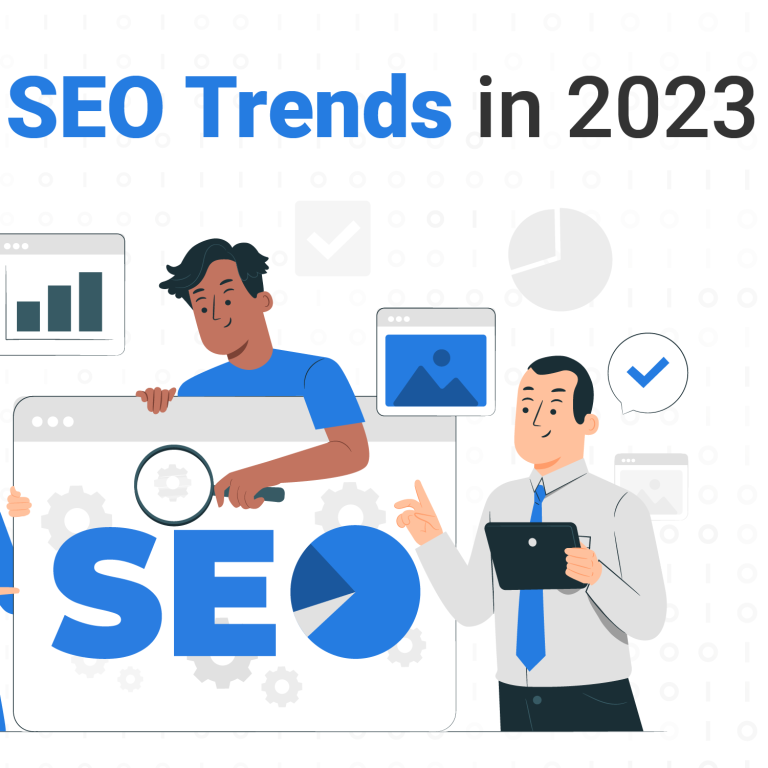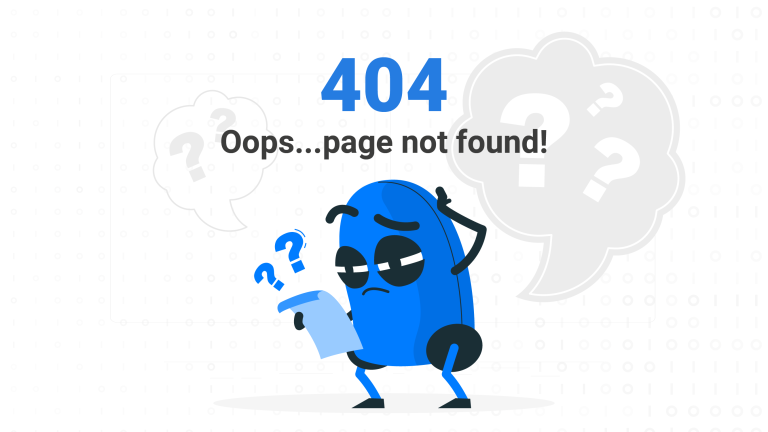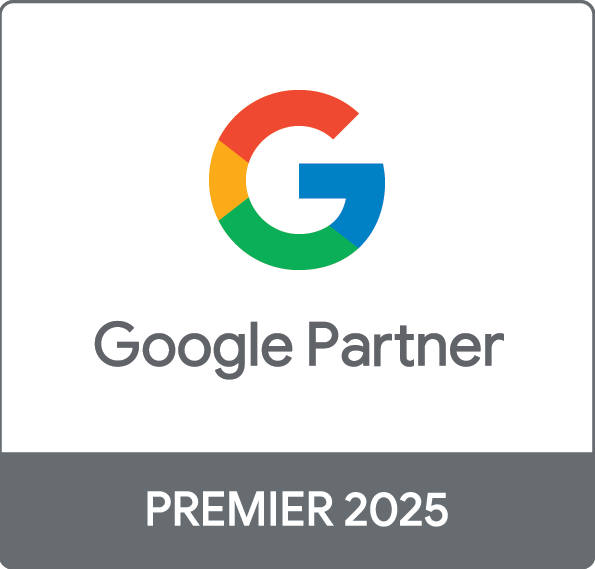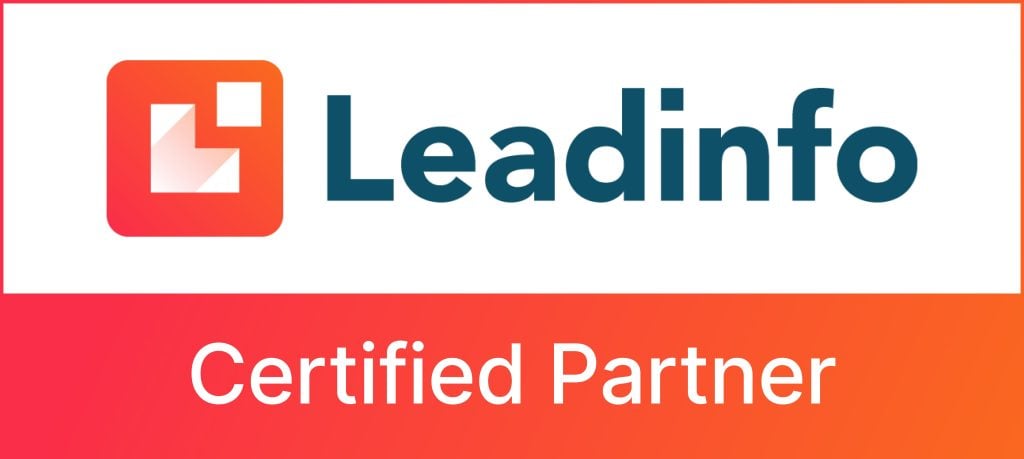Table of Contents
This week, we sat down with our digital strategists to discuss the relevance of website traffic growth, a subject that has remained significant in digital strategies. Here are their insights on the most effective way to organically boost traffic growth!
Q: In today's digital world where many transactions take place on e-commerce platforms, is driving traffic to the main website still a vital part of digital strategy?
A: Absolutely! Your website is often the first touchpoint for potential customers or clients. Even if the final transaction happens elsewhere, your website shapes a user’s perception of your brand.
Say, Nike may sell the majority of its shoes through distributors and retail partners, but its website does its branding for it. This is where you learn Nike’s story, values, and latest innovations. Driving traffic to your website allows you to control the narrative and directly engage with your audience.
Q: What is the number 1 key driver of website traffic? Is content still "king"?
A: Organic search is the number 1 driver of organic website traffic. So yes – content remains king, AS LONG AS the content is of high quality, relevant, and fresh. This includes not just written content, but also images, videos, infographics, podcasts, and more.
Search engines like Google are a lot smarter now. They prioritise websites that provide value to their users, and content is a direct representation of that value. Think of the search engine as a judge that’ll announce how good your website is; the user’s behaviour is the panel of juries that determines whether your content is “good” or poor.
Moreover, when this content is optimised for search engines (SEO), it becomes a potent tool. For instance, long-tail keyword-focused content can attract a niche audience actively searching for specific information, leading to better engagement rates and conversions.
Brands like HubSpot and NeilPatel.com have effectively utilised content to not only drive traffic but also establish authority in their respective niches.
The most overlooked methods that can drive traffic are:
- Internal linking: Many underestimate the power of a well-structured internal linking strategy. It not only helps in distributing page authority and ranking power throughout the site but also enhances user experience by guiding visitors to related content.
- Use schema markup: It’s a code you put on your website to help search engines provide more informative results for users. It can lead to rich snippets in search results, which can significantly improve click-through rates.
- Voice search optimisation: With the rise of voice-activated devices like Amazon’s Echo or Google Home, optimising for voice search is becoming crucial. This often involves focusing on more natural, conversational language in content.
- Latent semantic indexing (LSI) keywords: These are conceptually-related terms that search engines use to deeply understand a webpage’s content. Using LSI keywords can enhance your SEO strategy, yet many businesses don’t utilise them.
- Engagement metrics: While businesses often focus on driving traffic, maintaining engagement is just as critical. If users leave quickly (high bounce rate) or don’t engage, it can signal to search engines that the content isn’t valuable, affecting rankings.
- Cleaning up old content: While creating new content is essential, periodically revisiting and updating older, high-performing content to keep it current can yield impressive results, but it’s often overlooked.
- Community building: Engaging with users in online forums, communities, or social media groups related to your industry can be a goldmine. Platforms like Reddit, Quora, or other niche-specific forums can drive highly engaged traffic when approached with genuine expertise and without overt self-promotion.
Q: In general, how complex is the journey to boost website traffic growth?
A: It’s a mix of both art and science, but not necessarily rocket science. While it’s more challenging if your website lacks information, doesn’t optimise the content for search engines, or isn’t promoted anywhere, it’s also about quality, targeting, and adapting to changing digital landscapes.
Essentially, a website that consistently drives traffic would check most or all of these compared to others:
- Content and tags are optimised for search engines
- Highly relevant keywords are used in landing pages, blogs, meta descriptions, etc.
- It has unique content
- The content is regularly updated to keep it fresh and relevant
- The links to the website pages are shared across social media and emails
- Exceptional user experience
- It gets backlinks from various sources
You also have to take your brand story into consideration when determining the plan to boost website traffic growth. Companies like Airbnb initially leveraged unique content and community-driven initiatives to drive organic traffic. As the digital landscape becomes more competitive, strategies have to be more innovative, data-driven, and consumer-focused.
Q: Do you have any extra tips for getting more people to visit a website?
A: On a foundational level, you have to make sure that your website has clear information, is mobile-responsive, and is user-friendly. SEO practices like keyword optimisation and backlinking are also essential.
Beyond the basics, it’s also good to implement the following:
- Content marketing: Create valuable content tailored for your target audience. Think of how HubSpot provides numerous resources on inbound marketing
- Collaborations and partnerships: Collaborate with non-competing brands to co-create content or campaigns
- Social media engagement: Go beyond just posting every month. Engage with other users, join their discussions, and utilise paid ads when the chance appears
- Utilise emerging social media platforms: TikTok, for example, is now a significant driver for website traffic for brands that can create engaging content that appeals to the platform’s users
Keep in mind that the strategies will vary for specific industries. Whitepapers and webinars might work for a tech company better just as influencer partnerships would be more effective for a fashion brand.
But driving visitors to your website shouldn’t be the end of the journey. Once they’ve successfully landed on your website, you should also make sure their journey over there is smooth and that you’re minimising all opportunities for them to leave your site.
In fact, one could argue that maintaining a good user experience on the website is more important than trying to bring in as many visitors as possible in the first place.
Q: If a brand is creating its website for the first time and with the context of our discussion today, what advice would you give them?
A:
- Understand your audience: Use analytics tools to decipher where your traffic is coming from, what content they’re engaging with, and where they drop off. Netflix, for instance, uses this data to curate content and improve user experience.
- Innovate with interactive content: Try placing some polls, quizzes, or interactive videos on your website. These can effectively drive engagement and shares.
- Stay updated with SEO: SEO isn’t something you work on one time and get done with. The algorithm constantly changes and if you’re not up to date with new SEO trends, it can be more challenging to rank high.
- Diversify traffic sources: Don’t rely solely on one platform or method. Make sure you have multiple avenues directing users to your site. But more importantly, don’t rely on paid ads alone either. This may be low-hanging fruit for many businesses, but it certainly is not sustainable because the only way you can keep growing this paid traffic is by investing larger amounts, which makes it all one huge money game.
- Engage in retargeting campaigns: Bring back users who have visited your website but didn’t convert with specific ads
It’s crucial to explore strategies for not only attracting website traffic but also converting those visitors into valuable additions to your client’s database. This is becoming increasingly important as the retirement of third-party cookies will eventually impact different ad tools’ capabilities to serve customised ads to users.
While exceptional content serves as the initial draw for website visitors, it’s only the first step. Beyond that, it’s essential to implement methods for data collection and maintain a robust SQL database comprising individuals genuinely interested in your business offerings.
Last but not least: consistency is key. Regularly update, optimise, and refresh your strategies to keep up with the ever-evolving digital space.
Ready to boost your website traffic and create some buzz around your brand? Let’s collaborate and drive your online success together. Drop us a “Hello!” at hello@admiral.digital.
Note: Special thanks to our dedicated digital strategists for taking the time to share their valuable insights for this blog.
